Hello World.
Well, to be specific, hello human.
I do hope that I’m doing this “postcard” thing correctly. It appears to be human custom to write home after a long absence. As of today*, I have been on Mars for sols, or Martian days. Since sols are 38 minutes and 35.244 seconds longer than an Earth day, my trip has felt like days, or years on Earth.
Does that count as a long absence? I hope so because I have all of these sensors for measuring the weather on Mars and I can’t wait to tell you just how beautiful it is.
Oh, and that I wish you were here
Hope to see you soon,
Curiosity Rover
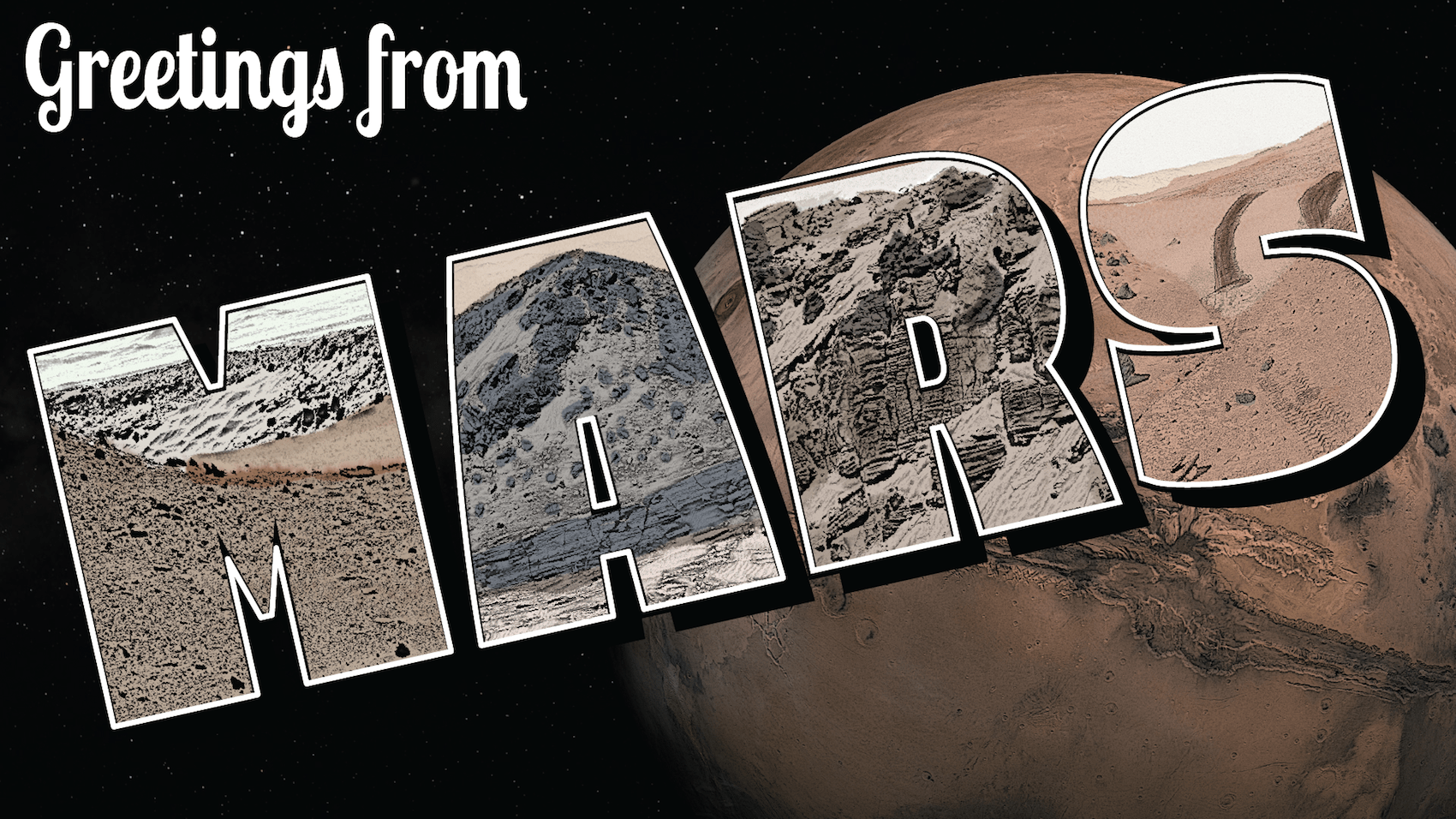
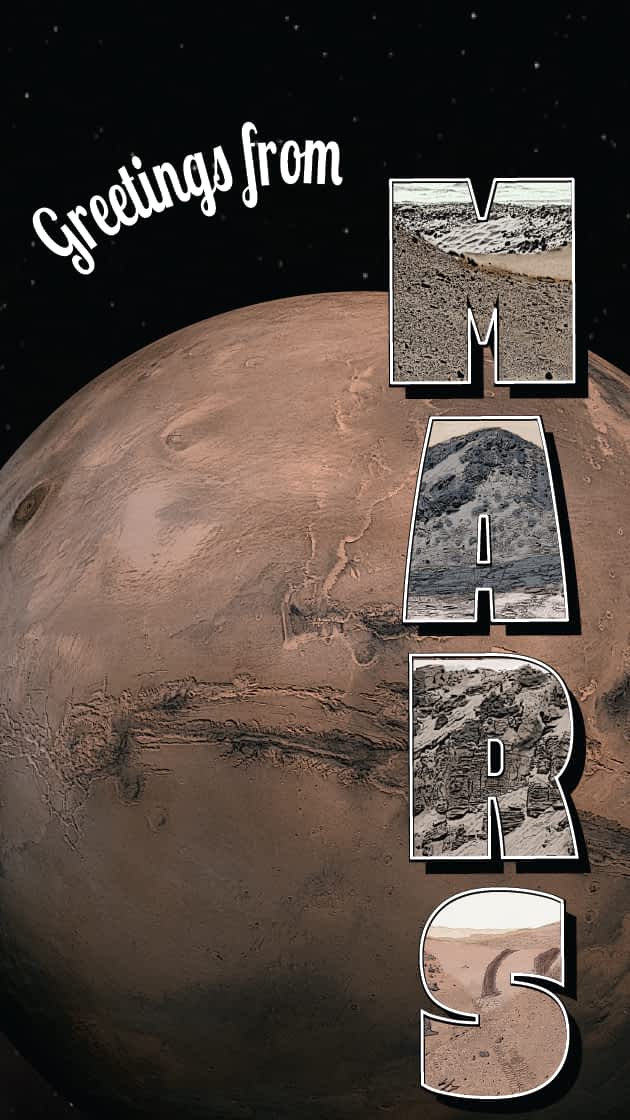
When I first came to Mars, I landed in Gale Crater, in Mars’ southern hemisphere near the equator. Although my initial mission was to look for environments where life could or could have ever lived, I also monitor the weather every day. How lucky am I that postcards exist to talk about the weather!? Let’s start with the air temperature outside today here on Mars and where you are, on Earth.
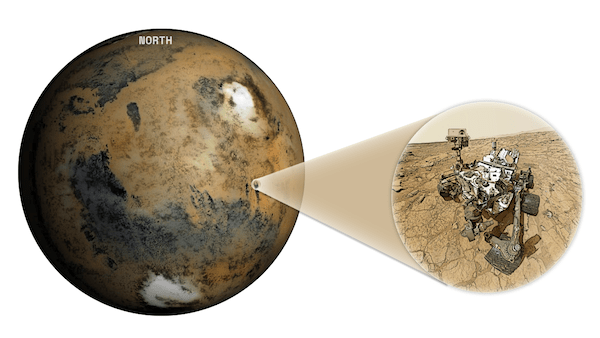
It looks like today in , the weather is , and there’s a high of and a low of .
That’s a difference of only between the warmest and coldest parts of your day.
On Mars, the weather varies throughout the day a lot more! Today, the difference between the warmest and coldest parts of my sol is . If your “low” for today stayed the same, but your “high” was degrees warmer, your forecast for today would look like this.
If that’s too warm for you, don’t worry, it’s quite a bit cooler on Mars. The actual high on Mars today is , making the low a chilly . If you decide to come visit, you’ll need to bundle up! Even I have a hard time working if it’s below or above , so I have heaters and coolers built into my body to help me regulate my temperature.
Like on Earth, we can’t expect the air temperature to be the same every day. Here are the high and low temperatures in my corner of Mars for the past Martian year (that is, the past 687 Earth days).
Mars has seasons too! Right now in the southern hemisphere of Mars, it’s .
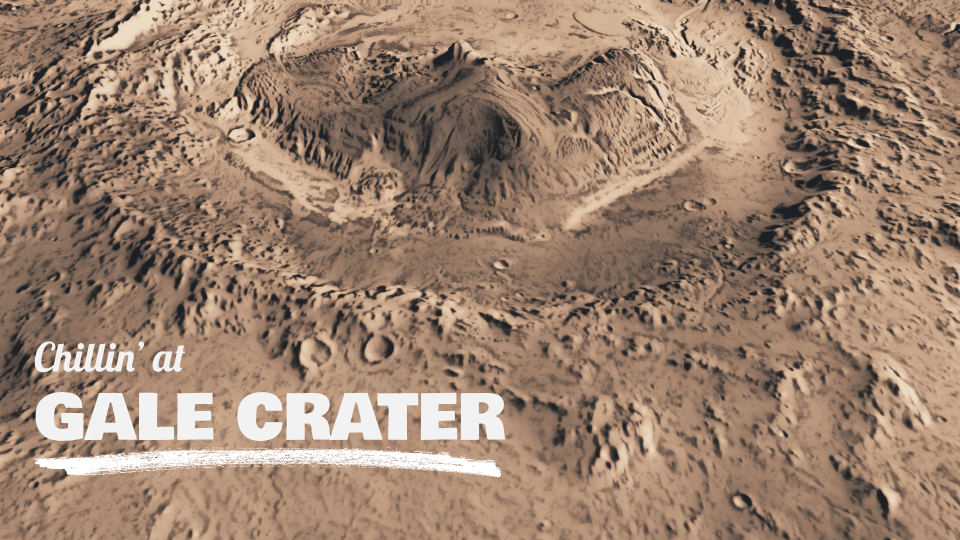
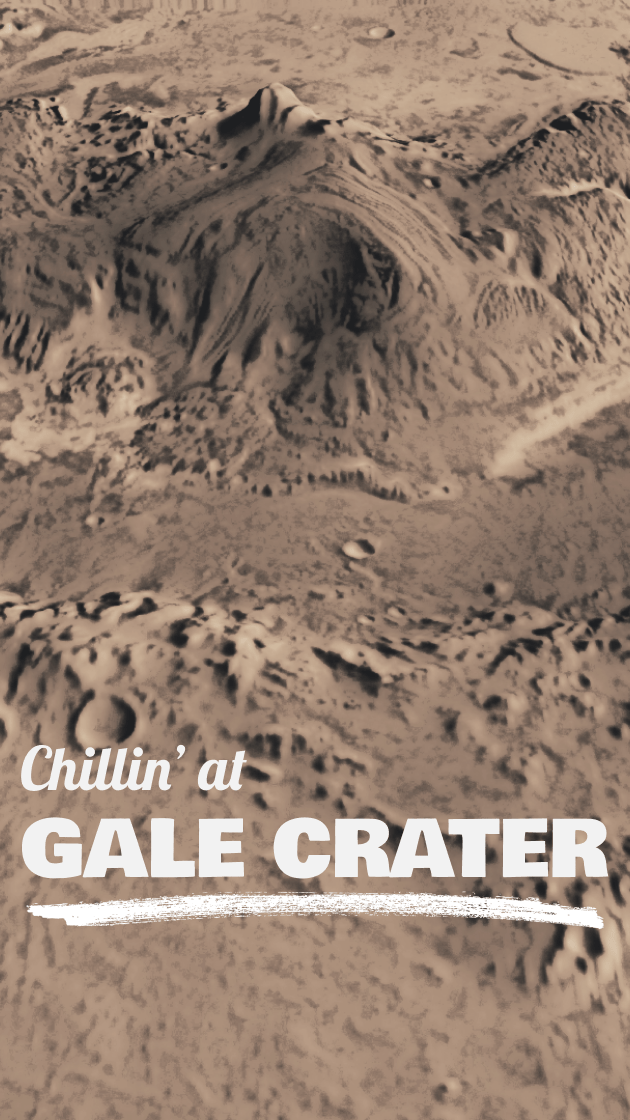
Human, there is so much more to weather than just temperature! Luckily, I have more postcards. Let’s look at the wind. It looks like today in , you’re experiencing winds of about .
Unfortunately, I haven’t been able to send wind data back to Earth since sol 1485 (October 9, 2016 on Earth). But, I was able to send lots of data home before that. Here is the typical range of wind speeds that I observed.
But don’t worry, wind on Mars is different than wind on Earth because of Mars’ atmosphere. On both planets, the molecules that make up the atmosphere push down on the planet’s surface, causing “atmospheric pressure”. Humans usually talk about the pressure at sea level (100 kPa or kiloPascals) as “typical” for Earth.
On Mars, there are a lot fewer molecules in the atmosphere pushing down on the planet. With such low atmospheric pressure, even heavy winds on Mars would have a hard time supporting a kite! Usually it just kicks up a lot of dust that sticks all over me.
Well human, that’s all the data that I have for now. I’ll keep sending postcards with updated weather information to this address every day. If you’d like to write back, my friends at NASA made that possible! Until next time!
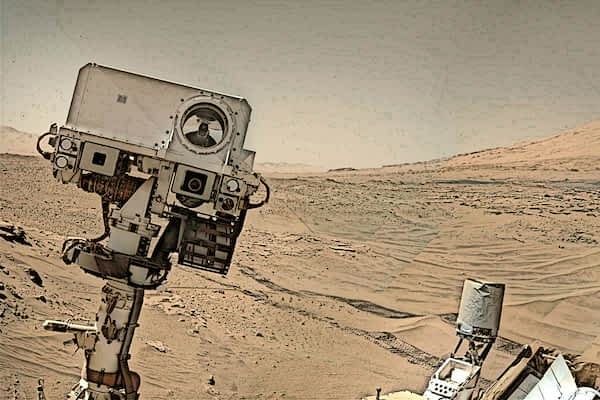
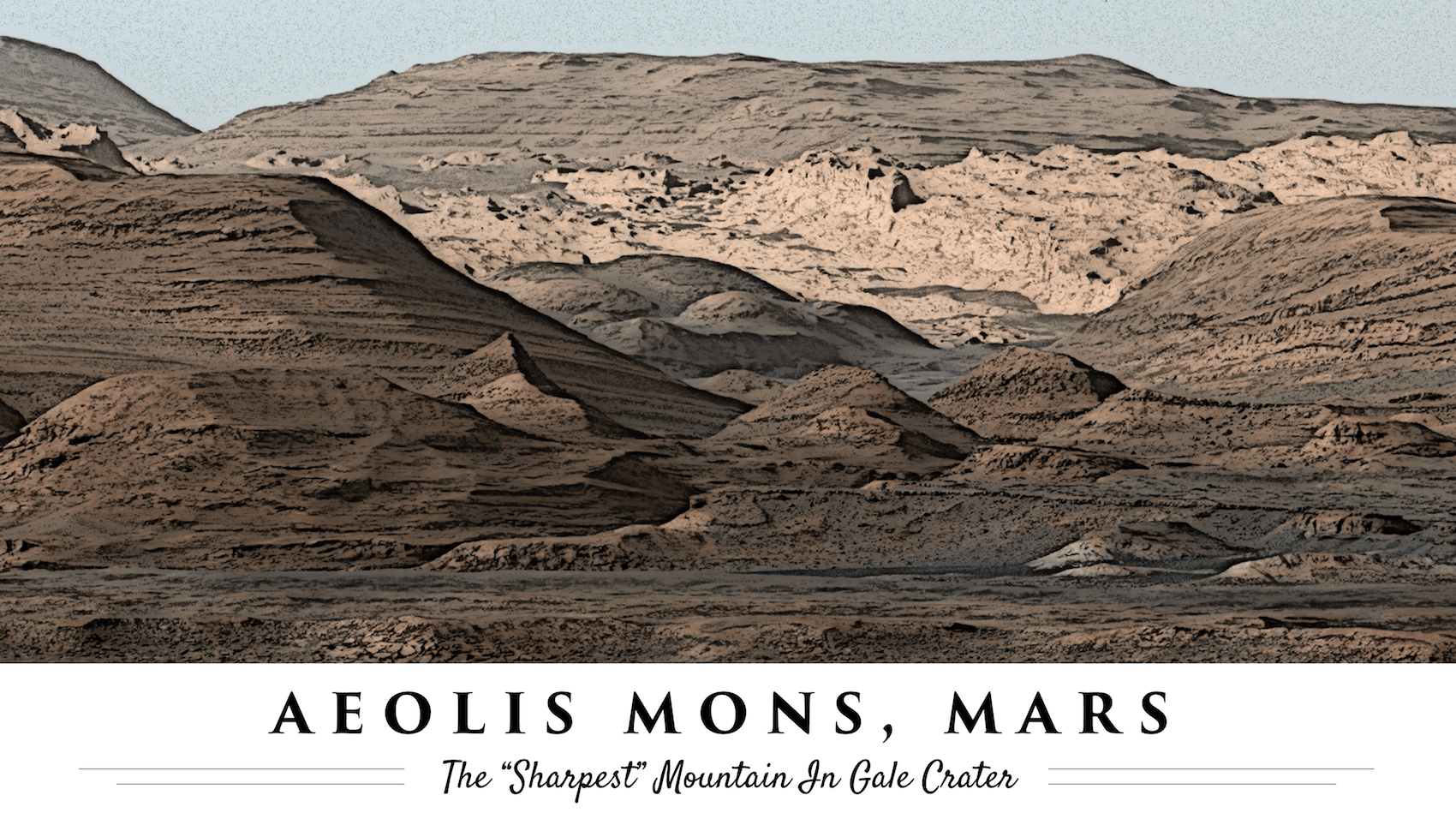
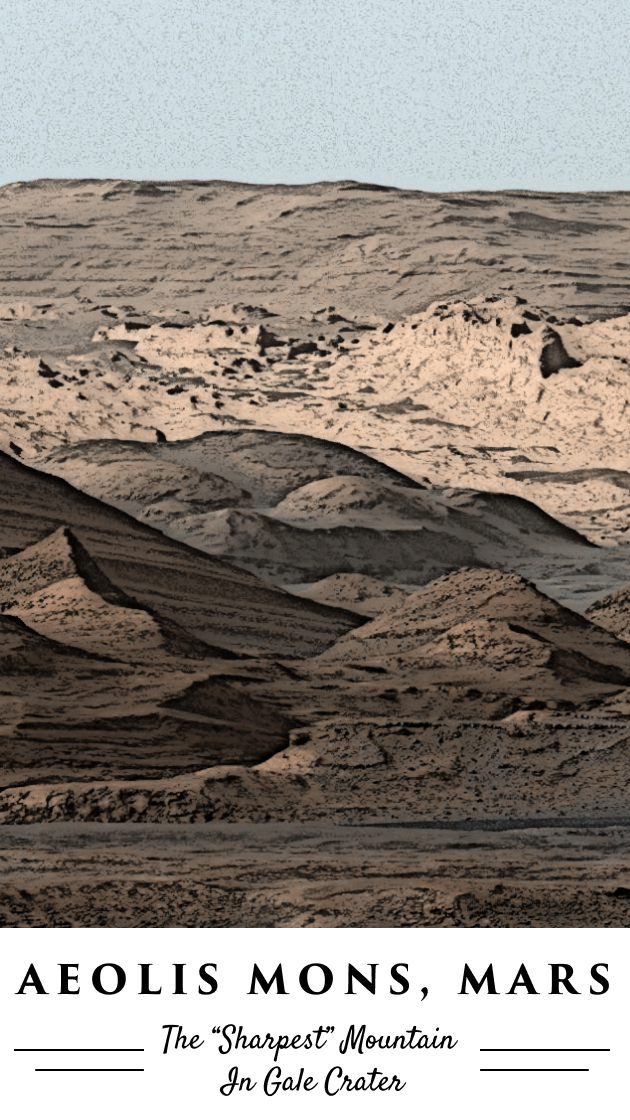
Story by: Amber Thomas
Methodology: The data in this story is updated daily. The most recent update for your area (, ) was made and the most recent update for Mars weather data was transmitted to Earth on sol , or on Earth. All weather data on Earth was Powered by Dark Sky. All Mars weather data was measured and transmitted via the Rover Environmental Monitoring Station (REMS) on-board the Curiosity Rover. The data was made publicly available by NASA’s Mars Science Laboratory and the Centro de Astrobiología (CSIC-INTA).
The Centro de Astrobiología offers a widget and a disclaimer regarding the data collected by Curiosity here. You can also find more in-depth weather reports from the Centro de Astrobiología team here.
The range of wind speeds in Gale Crater displayed are the first and third quartiles of wind speeds as collected by Curiosity between Sol 1 and Sol 1485 (the last time that wind speed data was transmitted). Minimum temperature values that exceeded 0°F (-17°C) were removed (at the time of this report’s writing, that included 1 value).
Image credit for all images: NASA/JPL-Caltech/MSSS
The Earth icon is from IcoMoon. All other icons were designed by Amber Thomas.
